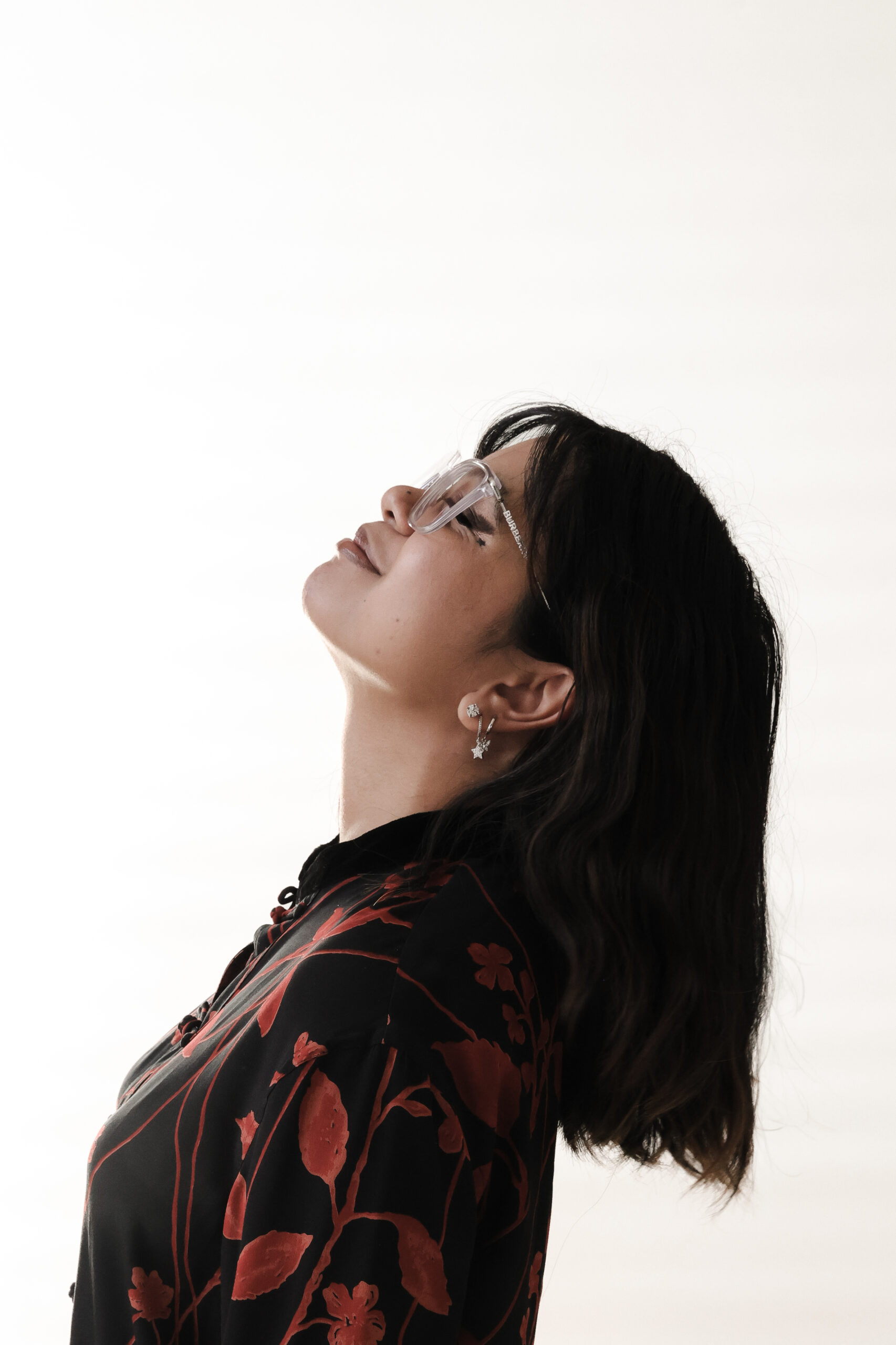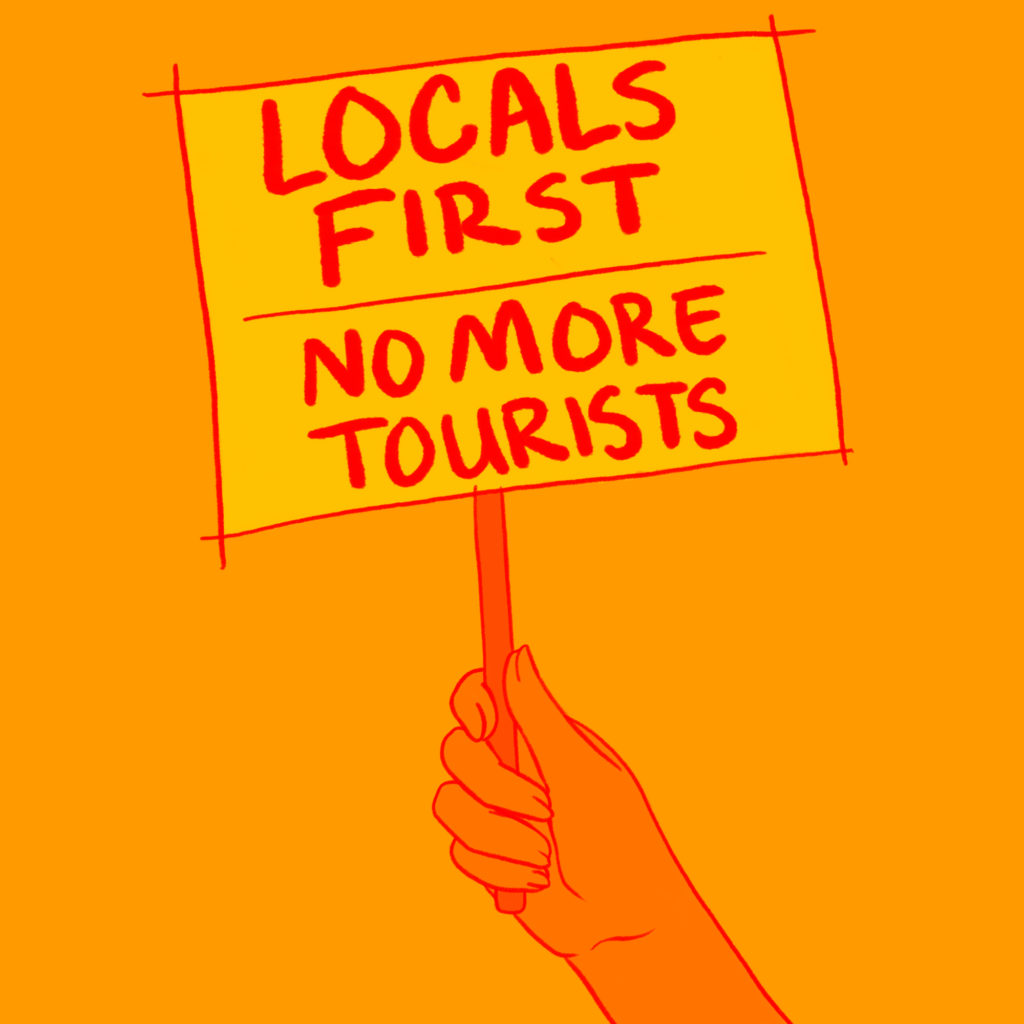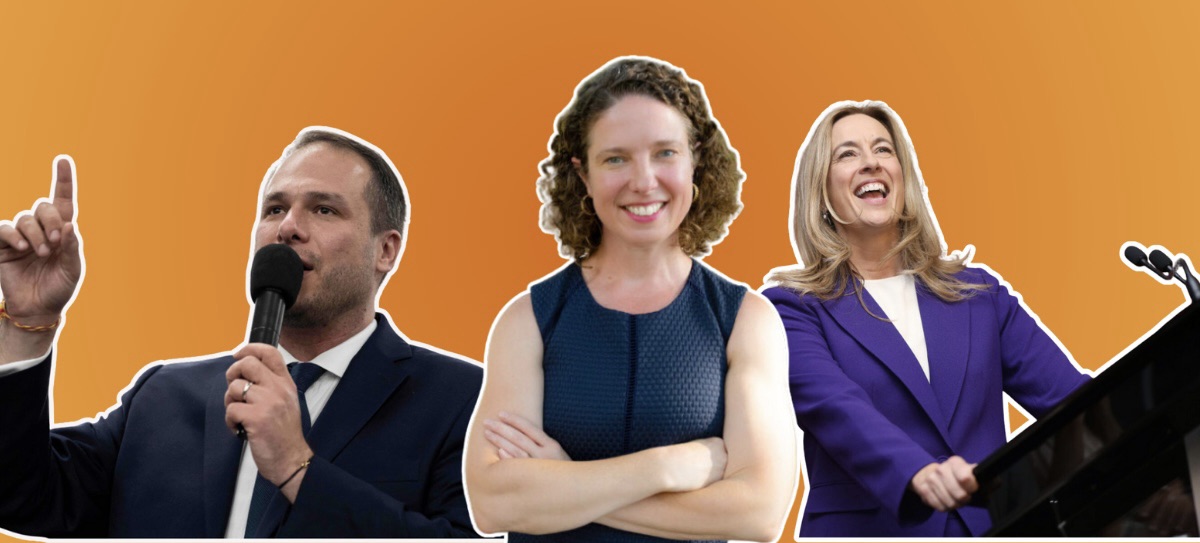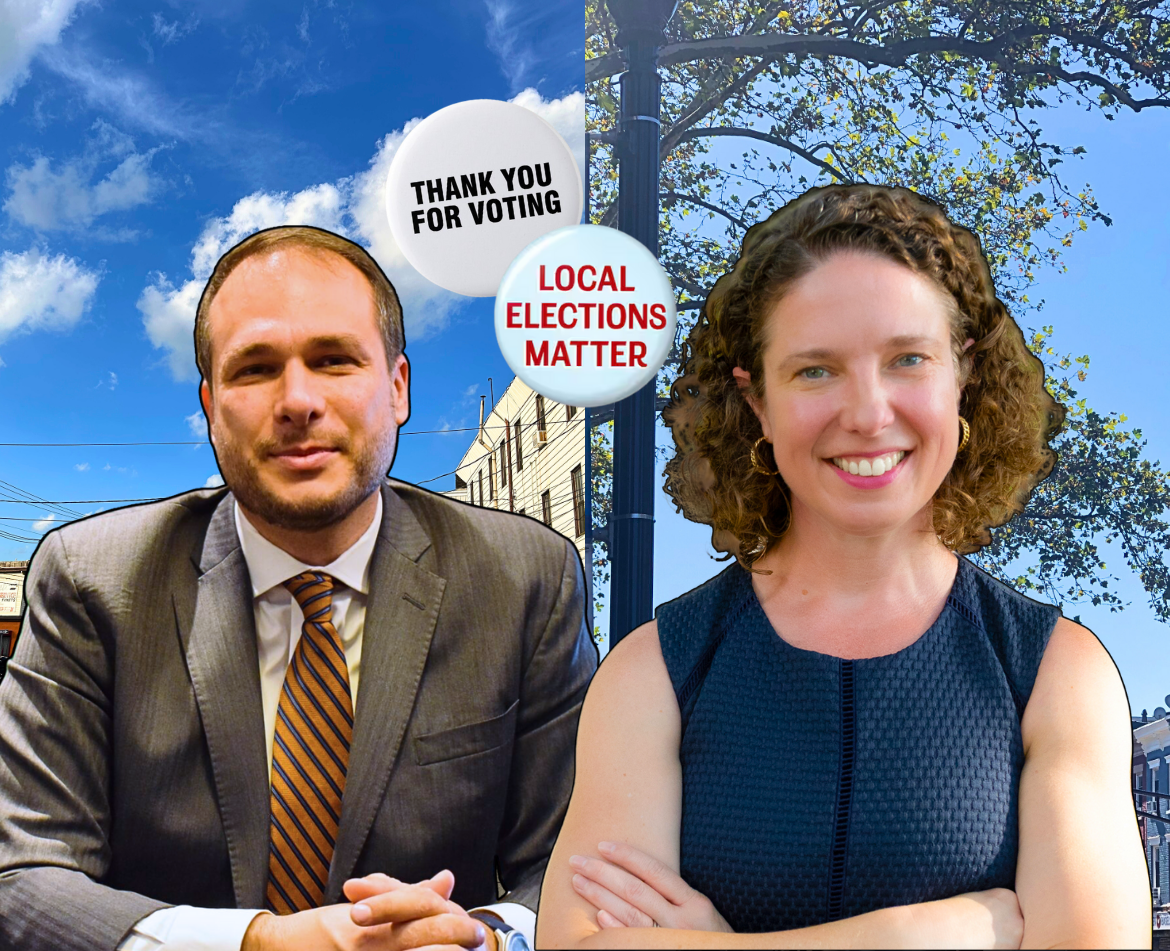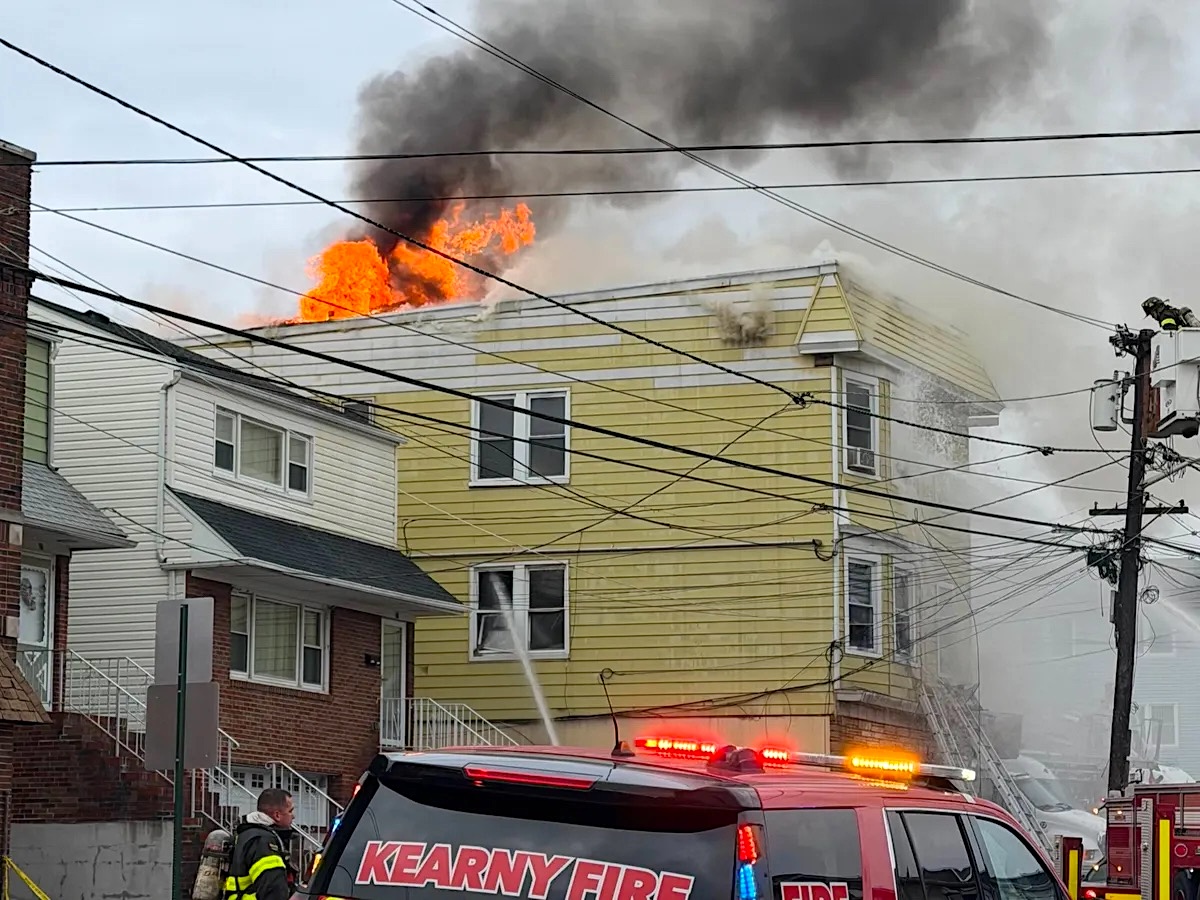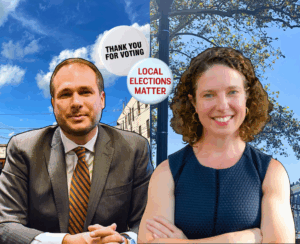Illustration by staff illustrator Sakura Siegel.
Hawaiian-born Raquel Alvarez (they/them) moved out of the state two months ago, but they still remember it.
The beaches, shaved ice and fast food restaurant L&L are among the things they miss the most from Ocean View, the city they lived in, which lies in the Ka’u district near South Point. They worked about an hour away at a restaurant in Kailua Kona, which usually had nice tourists, but after COVID-19 struck the world, it got bad.
“Around Ocean View it’s super deserted, but over in Kona there’s so much tourists!” Alvarez, 20, told Slice of Culture.
“If I’m being honest most of them are very nice. But I worked at a restaurant close to the pier and lots of tourists would come and eat [and] during COVID it was really bad because almost everywhere was understaffed and the tourists kept coming to the islands and they would always get mad because of that! It was quite unfair honestly,” they added.
The global COVID-19 pandemic in 2020 pulled the brakes on Hawaii’s tourism industry, shutting the door on resorts, restaurants and tour operations. The average number of passengers arriving by plane in Honolulu, Hawaii – the state’s capital – dropped from 30,000 to less than 500, according to Sea Grant. But now months later, the tourism industry has rebooted at a seemingly rapid pace and at the expense of the locals, once again.
According to Sea Grant:
“Tourism represents roughly a quarter of Hawai‘i’s economy. In 2019, the visitor industry supported 216,000 jobs statewide, yielded nearly $17.8 billion in visitor spending, and contributed more than $2 billion in tax revenue to state coffers.”
In July 2021, as the world began to loosen COVID-19 protocols, Maui, Hawaii became a hotspot for “revenge vacation” after many travelers were stuck at home for a year.
Maui County Mayor Michael Victorino asked airlines for a “pause” during a June 29, 2021 press conference after seeing a massive boom of tourists. Over 170,000 people traveled to the state between July 1 and July 5, 2021, surpassing 2019’s travel numbers, according to Hawaii’s travel data.
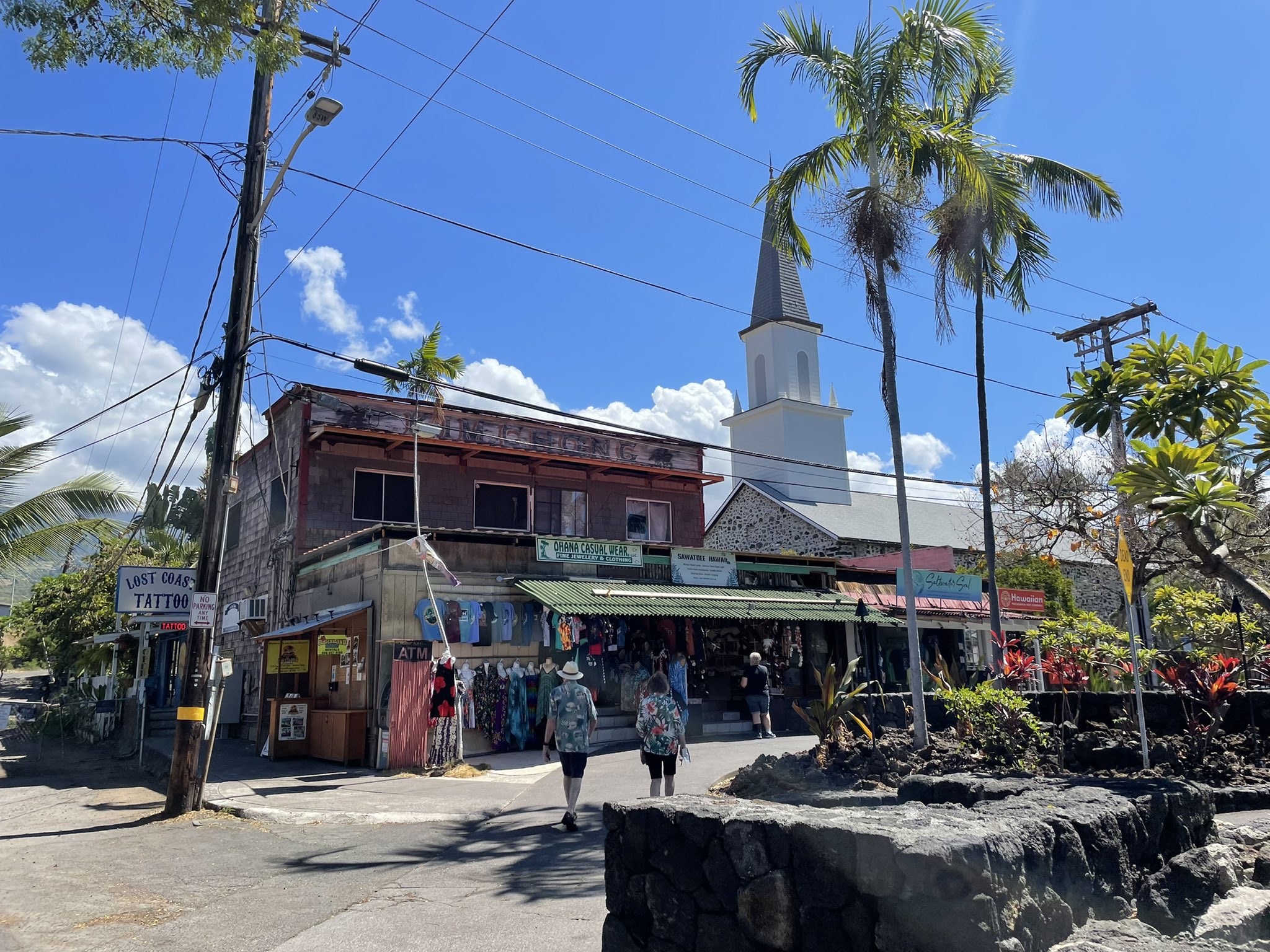
Victorino’s office told Hawaii News Now, at the time, that locals and businesses weren’t fully prepared for the influx of visitors.
“We don’t have the authority to say stop, but we’re asking the powers to be to help us,” he said.
But it didn’t happen.
“Even if we told [tourists] we were understaffed they wouldn’t care,” Alvarez said. “It was quite annoying.”
Over-tourism isn’t a new issue for the tropical state, but with COVID-19 constantly lurking now, it’s revealed an “existing fault line,” Shannon Wianecki of Sea Grant wrote.
Surveys done by the Hawaii Tourism Authority has shown that island residents “increasingly feel that tourism exists for the benefit of visitors at the expense of locals.”
Also during the summer of 2021, news broke that Maui residents would be fined $500 for washing their cars, watering their lawns and other “non-essential” water-related activities due to a water shortage.
Alvarez said they never experienced restrictions like Maui’s residents because their small town used water collected from the rain. Islands occupied by tourists and hotels are usually more prone to water shortages, they added.
And to add onto the list of problems for the state, some tourists aren’t using “good common sense,” as Victorino said last summer. Many locals have shared stories through social media of a rude encounter they’ve had with a tourist or a situation where a tourist did something they shouldn’t have been doing.
There have been videos on social media showing tourists touching endangered Hawaiian monk seals and hiking on forbidden trails like Diamond Head. Alvarez said they’ve seen tourists trying to touch turtles on the shore “when it obviously said that you couldn’t be near them.”
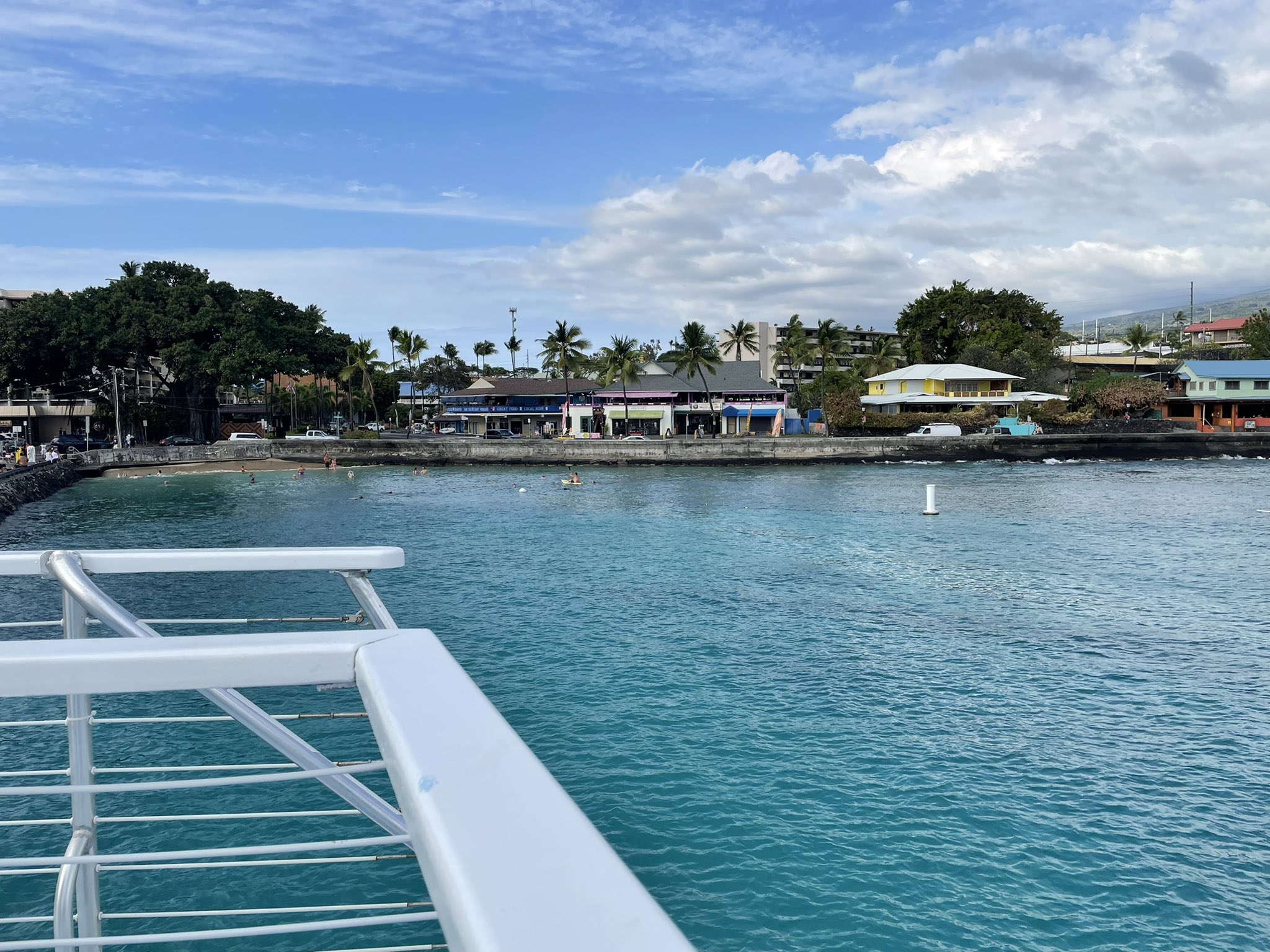
The Maui County Council is now looking into ways to cap the number of tourists that are able to visit.
Alvarez now lives in Seattle, Washington, but said the over-tourism happening in their homeland makes them upset. They moved from Hawaii to the mainland – or the United States – because housing became too expensive for them, their sisters and mother.
“It does make me a bit upset. It’s overrated and there’s so many other places [people] can vacation and with this COVID thing it made me realize how entitled people are,” Alvarez said.
“… Like people come to any island and expect everyone to be on their knees and thanking them for coming… like no,” they laughed.
“I don’t mind tourists but I wish people who come over to learn about the culture and not just a vacation run away!”

